Project Management Methodologies: Waterfall vs. Agile
Agile vs Waterfall – what are the benefits of these two methodologies, how they can help you, and how to combine them.
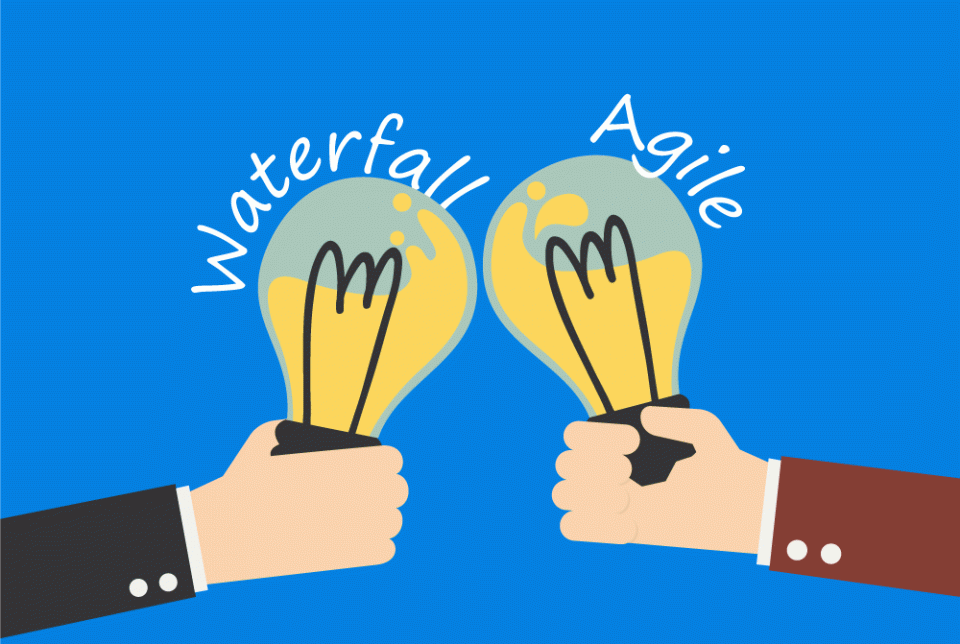
Occasionally I hear exclamations like “Gantt is dead” or “You have to manage it agile” or even “Project management is dead”. While a lot of it is just marketing rubbish, I often meet project portfolio managers, scrum masters and other professionals in PM that want to have a serious discussion about agile vs. waterfall (Gantt) methodologies.
The Iron Triangle of project management
The iron triangle is actually a very simple top-level presentation of key elements for successful project planning. Scope, time, and price/resources. Resources are in many industries the only or critical element of price.
People are the most valuable asset and cannot be increased, decreased, or multiplied. Similarly, machine-like resources have a production capacity and cannot be changed just with a simple click.
The iron triangle affects whether to choose Waterfall or Agile
So how does come the Iron triangle into the picture? It offers us a simple yet efficient ability to understand where should we use waterfall planning and when some of the Agile approaches.
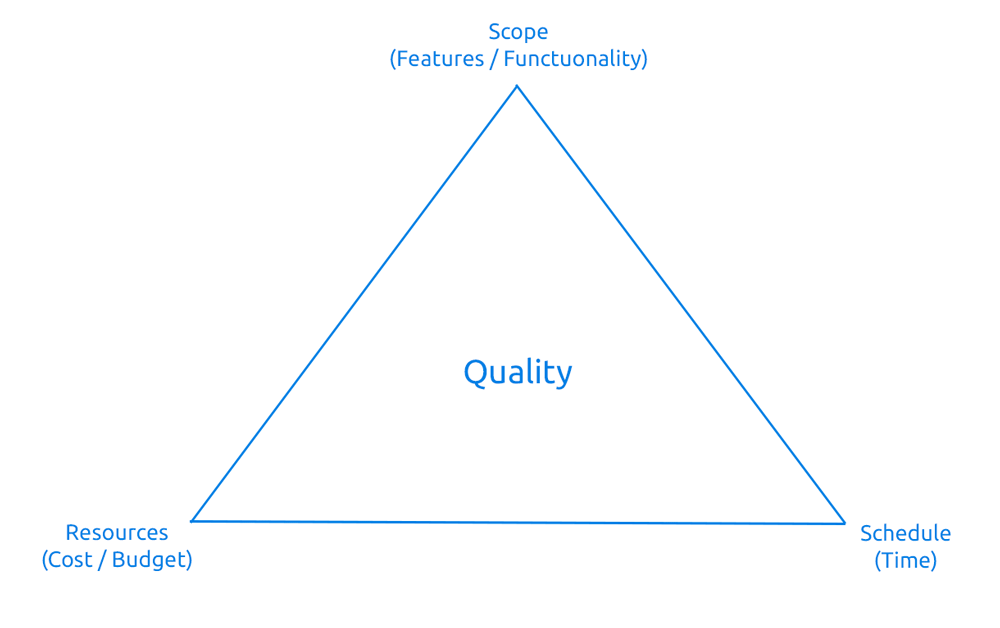
Easy Project Iron Triangle
Waterfall project management
The waterfall approach is most useful on a project where the scope is well defined and is the key element of the project.
Examples: building a house, planning a conference, implementation of PM software Easy Project
How to use: The project scope is defined (fixed). It means I cannot change the number of windows in my house; I cannot change the place or the subject of a conference). And project time is a limiting factor either absolutely (conference) or close to absolutely (EP implementation).
With having a fixed scope, the main challenge for a Project Manager or a Portfolio Manager is to plan all types of resources in time and across parallel projects with respect to the required sequence of actions in each particular project.
Take house construction, for example: The workers in charge of cement delivery need to finish their work on time as delay caused by the lack of cement resources may prevent the masons from finish their own tasks. And once the concrete is solid, they may be already at another construction site.
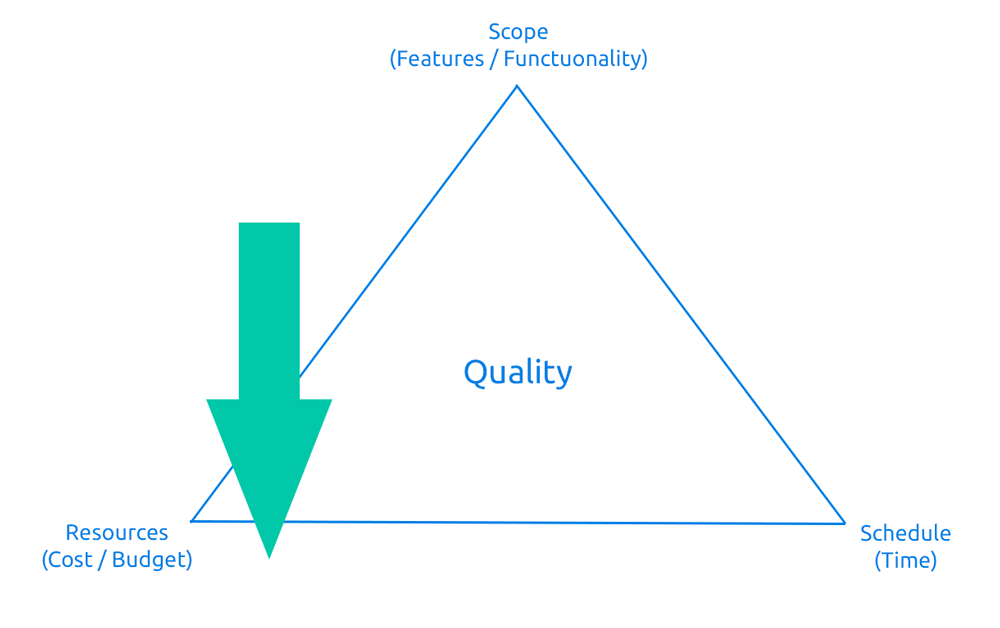
Easy Project Iron Triangle
Agile project management
The agile approach should be used on projects where time is fixed, resources are a defining factor and scope is a subject of planning (prioritization).
Examples: SW development (sprints), publishing (release date of magazine, newspapers), marketing content (campaign)
How to use: having deadline and well known resources, scrum masters or workers in similar roles do prioritize what will be delivered in the next sprint. Scrum master typically has different backlogs and scrum boards for different types of resources (bug fixers and feature requests in SW or politics and sports journalists in newspapers)
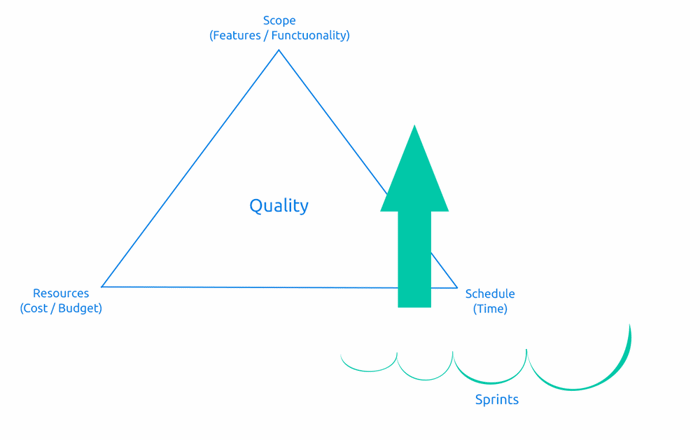
Easy Project Iron Triangle
How can this help
Obviously, the whole issue still revolves around the Iron Triangle of project management, the operational planning just focuses more heavily on different parts of the same thing. So what can we take from this?
- Basically, all organizations have type of projects where both methodologies are needed for setting up an efficient working processes.
- High-quality resource planning connected with timeline is essential for any waterfall project and especially project portfolio planning. Just like the one in Easy Project.
- Managing Agile projects: I observed that managing priorities is usually handled pretty well through various tools. But problem is often a precise dedication of resources for a specific backlog. So, here I recommend to precisely map and dedicate your resources. For example – SW developer may be used in more backlogs (bugs vs. feature requests). But without fixing quantitative allocation of resources to backlogs I will not be able to plan deliverable priorities and scrum master will have to constantly solve inconsistencies between those.
Summary: Combining these two management methodologies
As you can see in the picture, we have a waterfall project acting as a foundation. Naturally, this example of a SW release plan has obvious sequences and dependencies. But teams participating on this project (marketers, document writers) may manage their deliveries in their department agile way.
The former methodology is not better than the latter, they simply address different challenges.
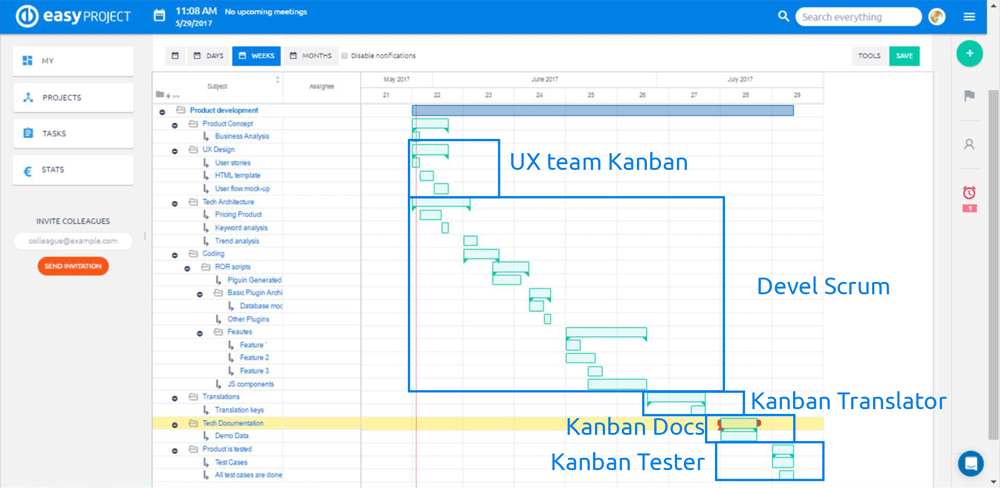
Easy Project Agile Waterfall
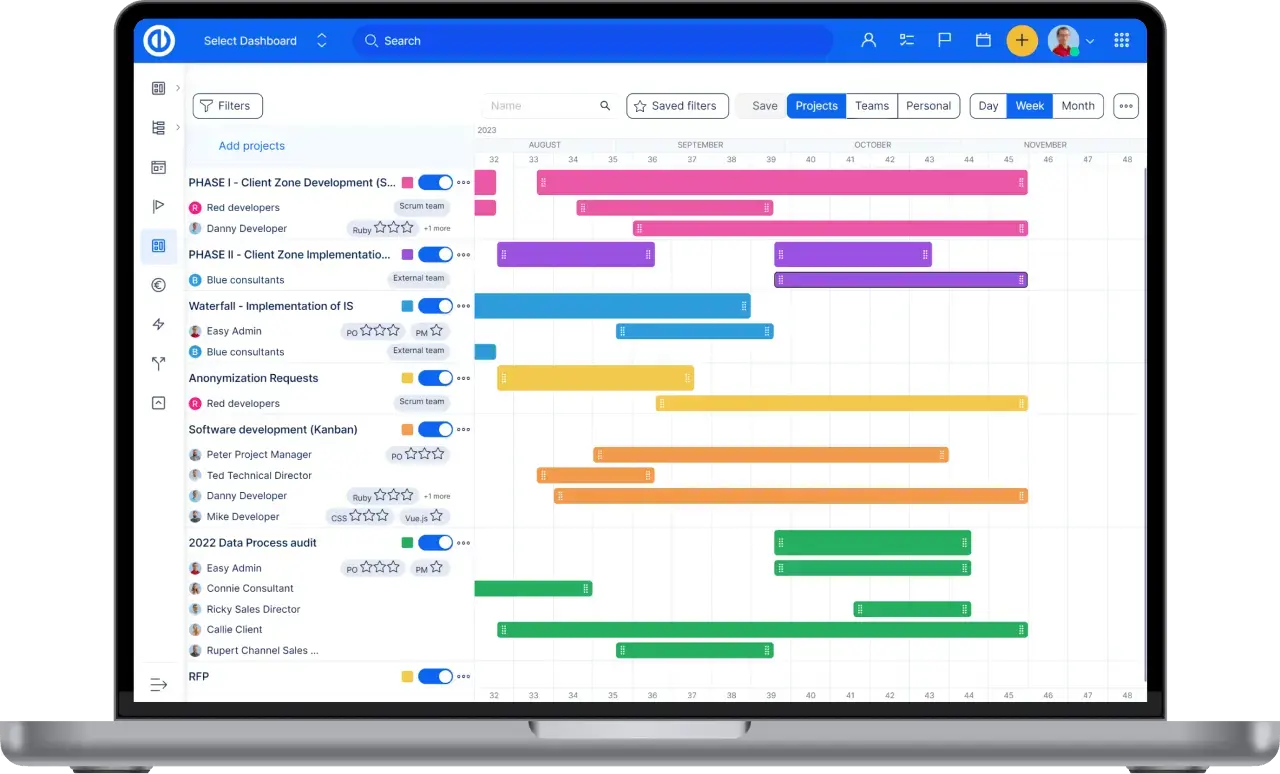
All-in-one software that combines both methodologies? Easy.
Get all powerful tools for perfect project planning, management, and control in one software.
